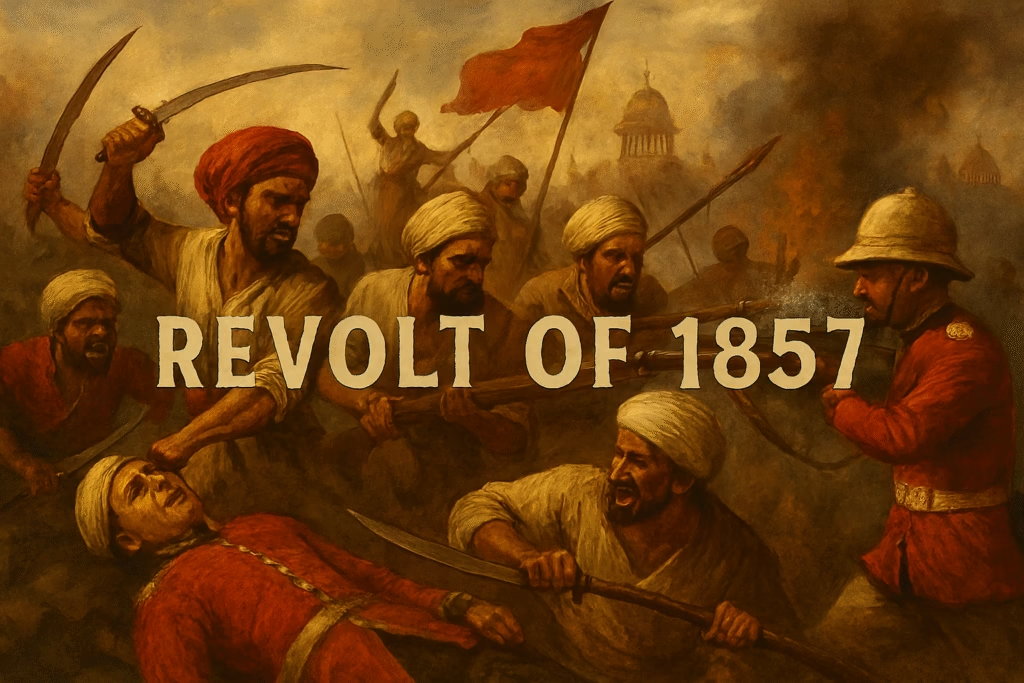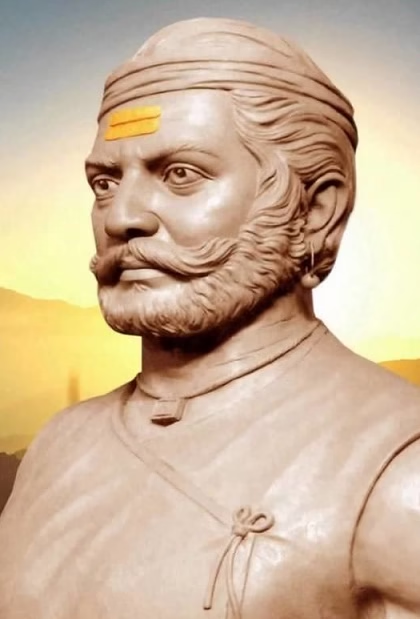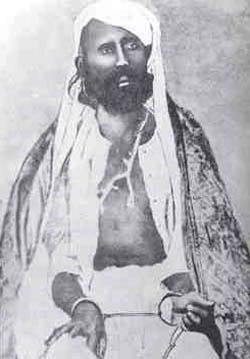When the Revolt of 1857 is remembered, the spotlight often falls on northern India — Mangal Pandey’s defiance at Barrackpore, Rani Laxmibai’s courage at Jhansi, Tatya Tope’s campaigns in Kanpur and Gwalior, or Bahadur Shah Zafar’s symbolic leadership in Delhi. But the uprising was not confined to those regions alone. Across the Deccan plateau, in Maharashtra, the flames of rebellion burned quietly but fiercely. Here too, men and women challenged the might of the East India Company, but their stories rarely made it to our textbooks.

This is the tale of those forgotten revolts of 1857 in Maharashtra and the unsung heroes who carried forward the spirit of resistance.
Table of Contents
Maharashtra Under the British: The Setting of 1857
By the mid-19th century, the British had consolidated their power in western India. After the fall of the Peshwas in 1818, the Maratha Confederacy disintegrated, and Pune, Satara, Nashik, and Kolhapur came under colonial rule.
- Military Presence: Pune had become a major cantonment for British troops.
- Land and Taxation Policies: Harsh land revenue systems displaced peasants and angered local landlords.
- Doctrine of Lapse: Satara was annexed under this policy in 1848, fueling resentment among Maratha elites.
- Disbanded Warriors: Many Maratha soldiers were left unemployed after the Anglo-Maratha wars, swelling the ranks of potential rebels.
Thus, when the sparks of revolt lit up in Meerut in May 1857, the echoes were felt strongly in Maharashtra.
Umaji Naik: Pioneer of Armed Resistance
Before 1857, Maharashtra had already seen one of its earliest revolutionaries — Umaji Naik, a Ramoshi tribal leader.

- Born in Pune district, Umaji Naik grew up in a society that had been deprived of land rights and dignity under colonial rule.
- Starting in the 1820s, he organized Ramoshis into a guerrilla band. They attacked British revenue offices, looted treasuries, and redistributed wealth among peasants.
- His knowledge of the Sahyadri forests made him elusive, earning him the title of a “Robin Hood of the Deccan.”
The British eventually captured and executed him in 1832. But folk songs about Umaji Naik’s courage continued to circulate for decades, inspiring young revolutionaries during the Revolt of 1857. In many ways, he was Maharashtra’s first revolutionary hero.
Tatya Tope and His Maharashtrian Roots
One of the most iconic names of 1857, Tatya Tope, is often remembered for his daring guerrilla campaigns in Kanpur and Gwalior. Yet, his story begins in Maharashtra.

- Born as Ramachandra Pandurang Tope in Yeola, Nashik district, Tatya Tope was closely connected to the Peshwa family.
- He trained in military strategy and administration in the Maratha court.
- During the revolt, his campaigns across central India showed traces of Maratha guerrilla warfare — quick strikes, mobility, and reliance on local support.
Though he became a pan-Indian figure, Tatya Tope’s Maharashtrian origins are often underplayed in popular history.
The Ramoshi and Bhil Uprisings
The revolt in Maharashtra wasn’t led only by elite leaders; it was also a people’s uprising.
The Ramoshis
- The Ramoshis, a community historically employed as watchmen and soldiers by the Marathas, felt betrayed after British annexation.
- During 1857, they staged localized revolts in Pune, Nashik, and Satara, targeting colonial establishments.
- They disrupted communications, looted treasuries, and attacked collaborators, forcing the British to deploy extra troops in the region.
The Bhils
- The Bhils of Khandesh and Nashik also rose against oppressive taxation and land alienation.
- Their deep forests became bases for ambushes against British troops.
- Though scattered and less coordinated, their resistance displayed the depth of anger against colonial rule.
Satara, Kolhapur, and Nashik Uprisings
Several regional pockets in Maharashtra witnessed disturbances:
- Satara: Once the capital of the Maratha kingdom, Satara simmered with discontent after its annexation. Local landlords and peasants sporadically attacked British officials.
- Kolhapur: There were whispers of conspiracy and smaller uprisings, though swiftly suppressed.
- Nashik: The Ramoshis and Bhils launched repeated attacks here, targeting government treasuries.
Though none of these revolts matched the scale of Kanpur or Jhansi, they showed that Maharashtra too was deeply shaken by the events of 1857.
Women and the Spirit of Resistance
Though not widely documented, women in Maharashtra played supporting roles in the struggle. Inspired by the bravery of Rani Laxmibai and Rani Avanti Bai of Ramgarh, women in Satara and Kolhapur provided food, shelter, and intelligence to rebels. Oral traditions in rural Maharashtra remember these women as silent contributors to the cause of freedom.
British Suppression in the Deccan
The British responded swiftly to the uprisings in Maharashtra. With strong garrisons already stationed in Pune and other centers, they managed to suppress the revolts before they could grow into large-scale movements.
- Leaders were captured and executed.
- Tribal communities like the Ramoshis were further marginalized.
- Folk heroes like Umaji Naik were painted as “bandits” in colonial records.
This explains why the Deccan struggles of 1857 never reached the scale of northern India, but the spirit of defiance never died out.
Folk Songs, Oral Traditions, and Cultural Memory
Even when official history ignored these heroes, folk culture preserved their memory.
- Ballads of Umaji Naik and Ramoshi warriors continued to be sung in villages.
- Stories of rebels were passed down through generations, keeping alive the idea of resistance.
- These oral traditions show how history is not just written in books, but lived in the memories of common people.
Seeds for Future Movements
The Revolt of 1857 in Maharashtra may not have succeeded, but it planted seeds for future freedom movements.
- By the late 19th century, leaders like Bal Gangadhar Tilak and Gopal Krishna Gokhale emerged from Maharashtra, carrying forward the nationalist flame.
- Tilak’s use of Ganesh Utsav and Shivaji Jayanti as public platforms can be seen as a continuation of the spirit of rebellion.
- The memories of earlier struggles — Umaji Naik, Ramoshi uprisings, and Tatya Tope’s legacy — created a fertile ground for organized resistance against British rule.
Conclusion
The Revolt of 1857 was not a single, unified uprising; it was a mosaic of regional struggles. In Maharashtra, though often forgotten, ordinary people — Ramoshi tribals, Bhils, peasants, and disbanded soldiers — rose against an empire. Leaders like Umaji Naik and Tatya Tope symbolized the courage and resilience of the Maratha heartland.
Their stories remind us that India’s freedom was not won by a few well-known figures alone, but by countless unsung heroes who risked everything to fight for dignity and independence.
At Dastaan-e-Hind, it is our mission to revive these forgotten tales — so that the spirit of courage and sacrifice remains etched in our collective memory.



